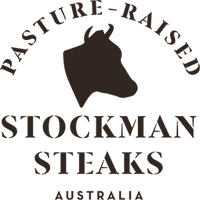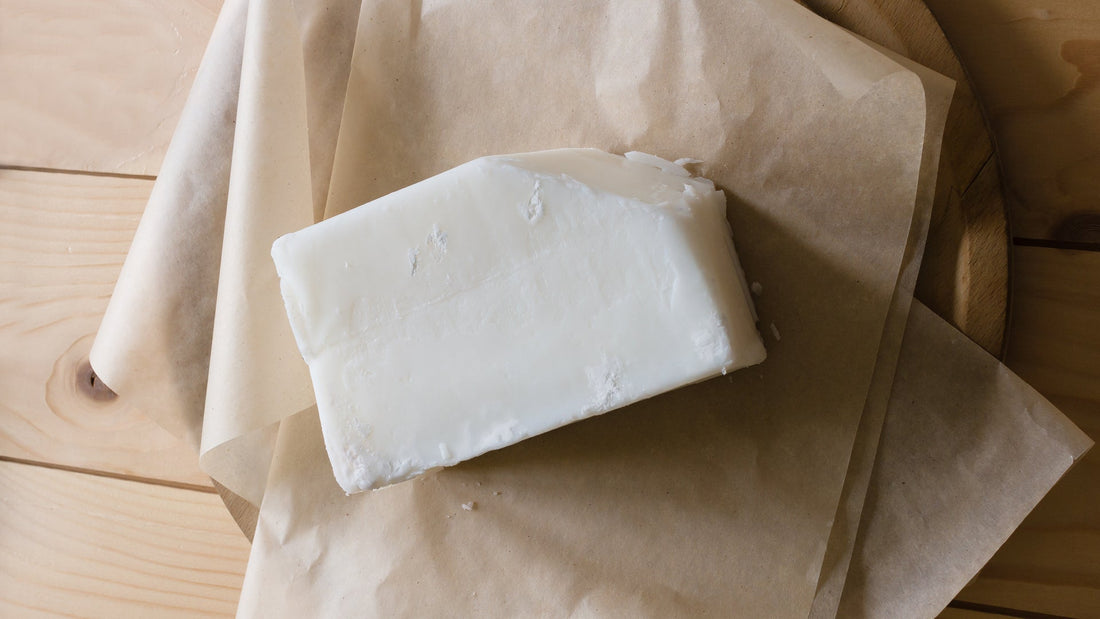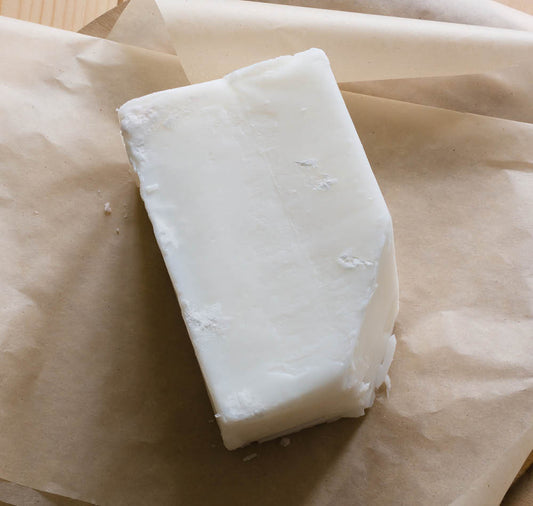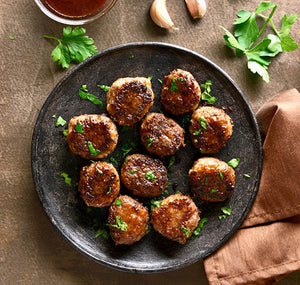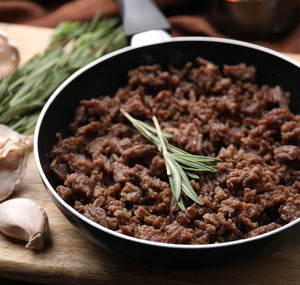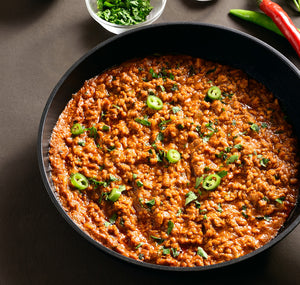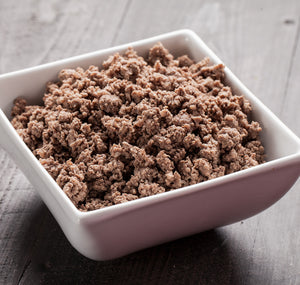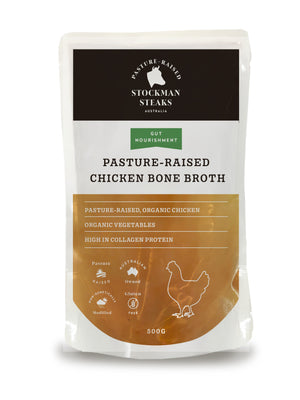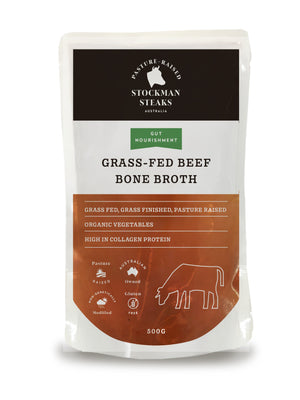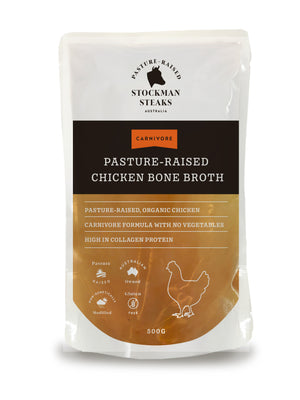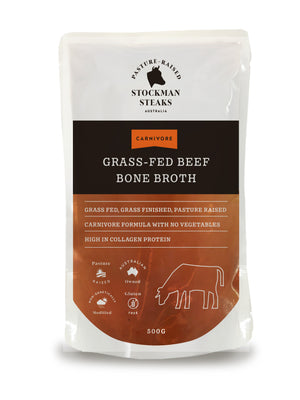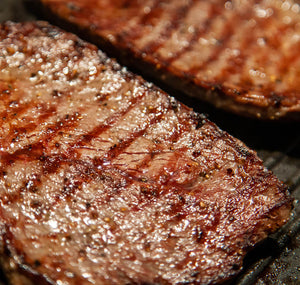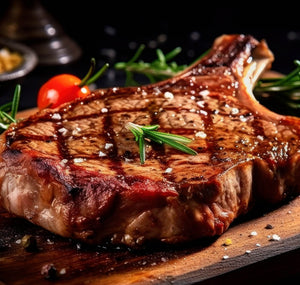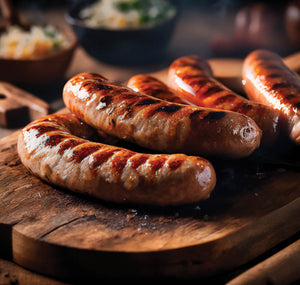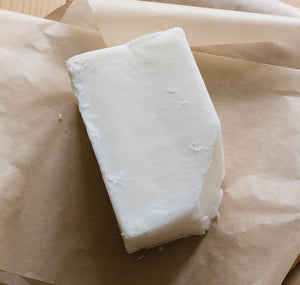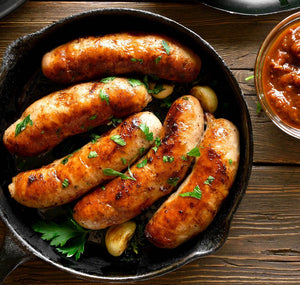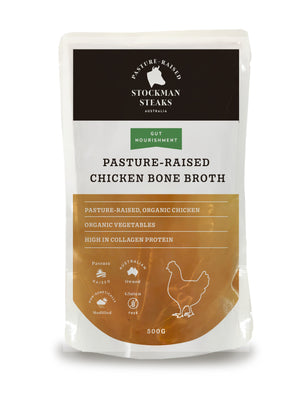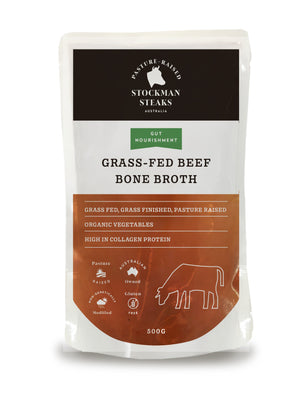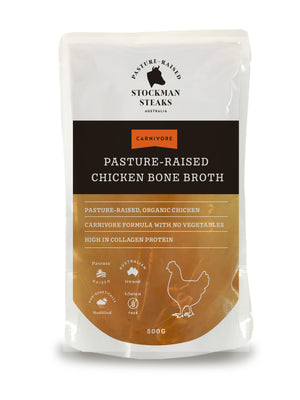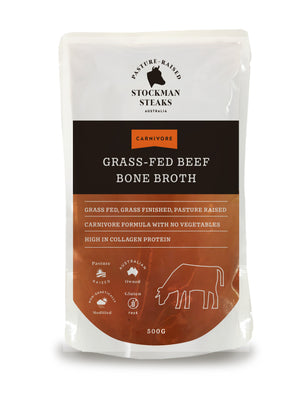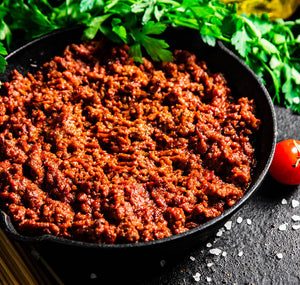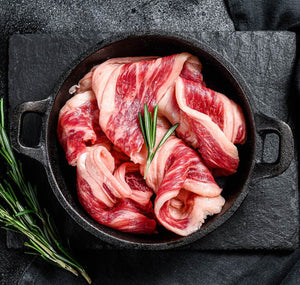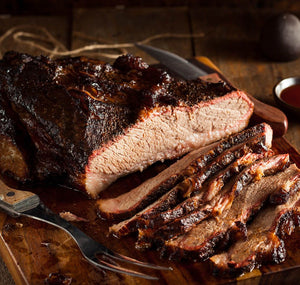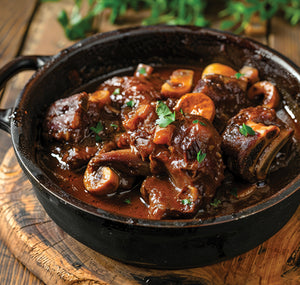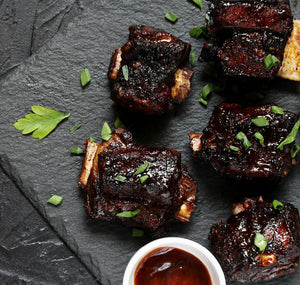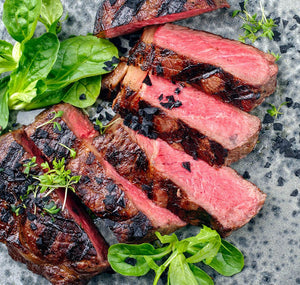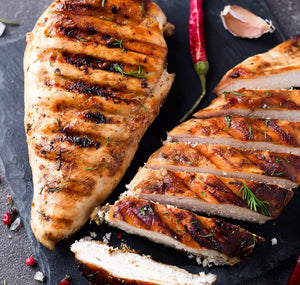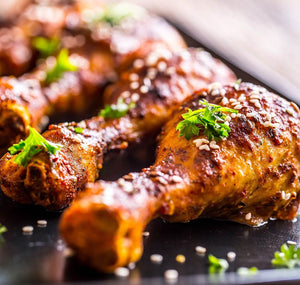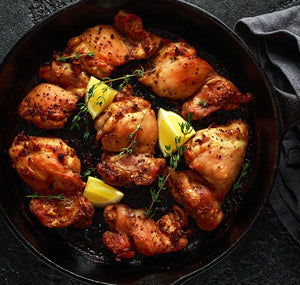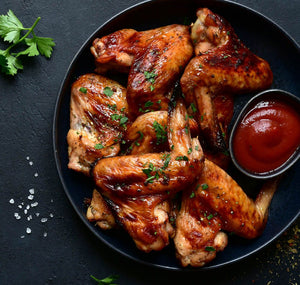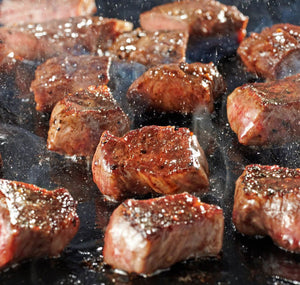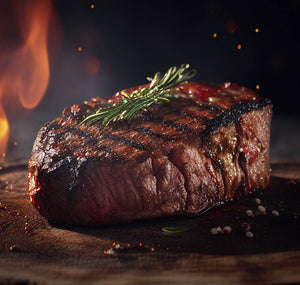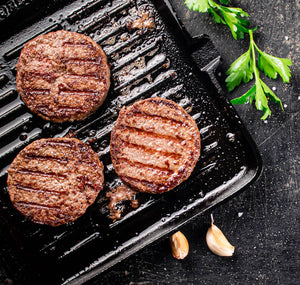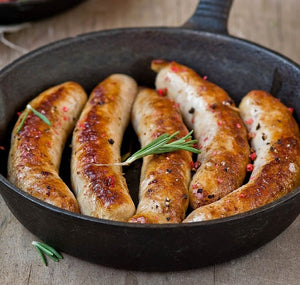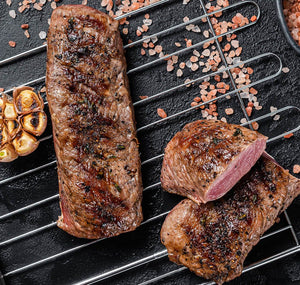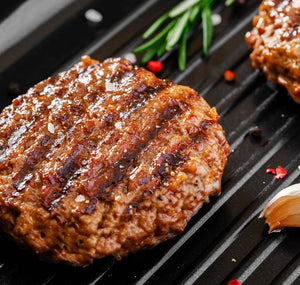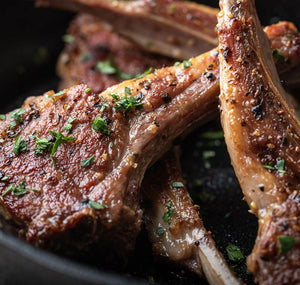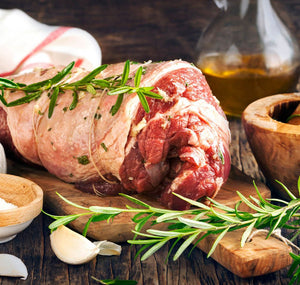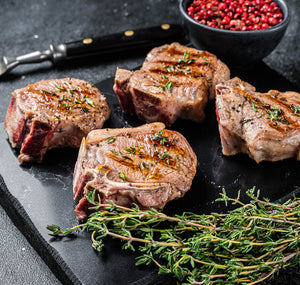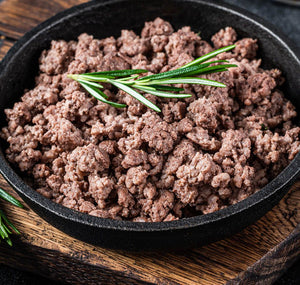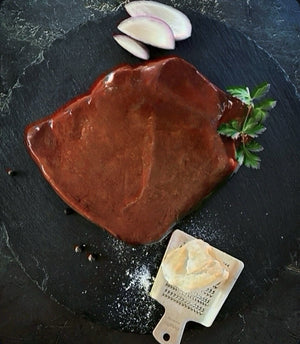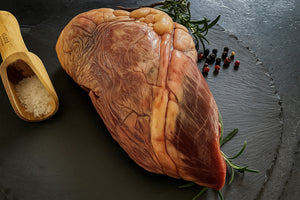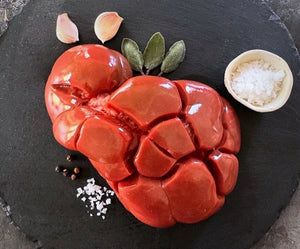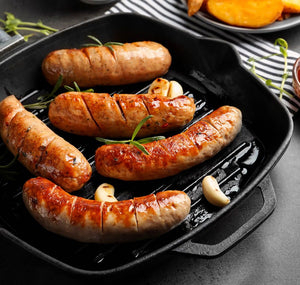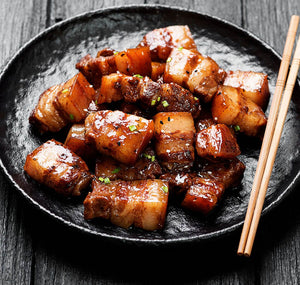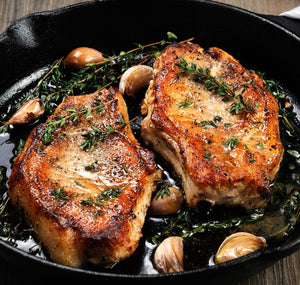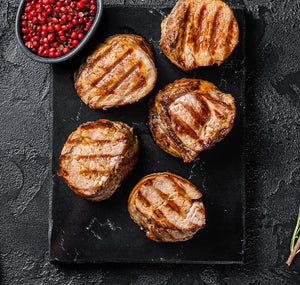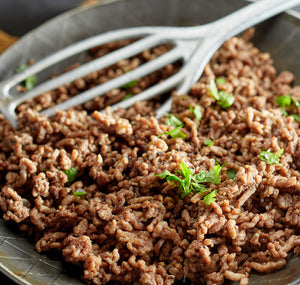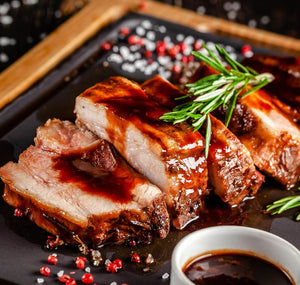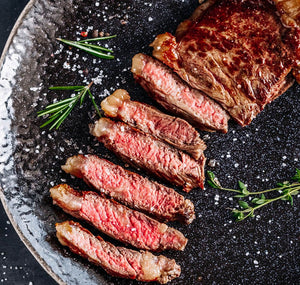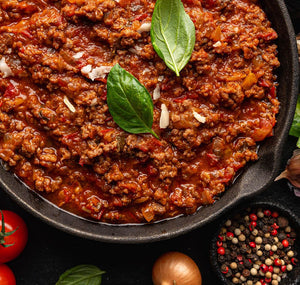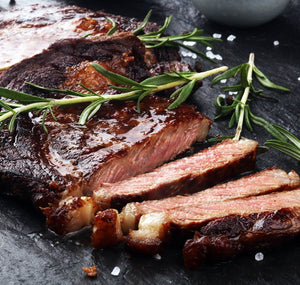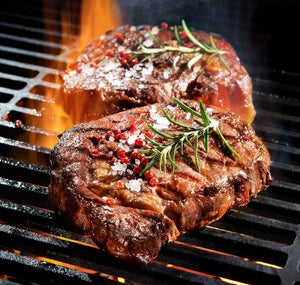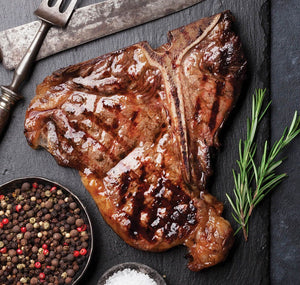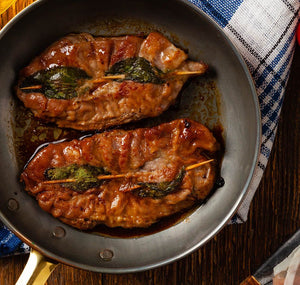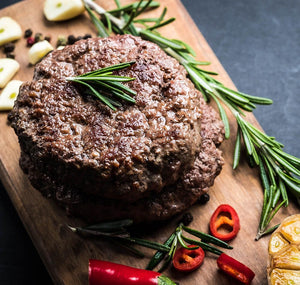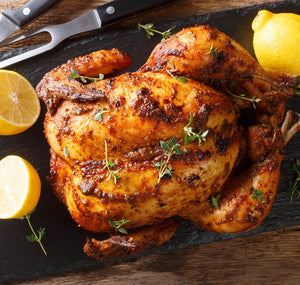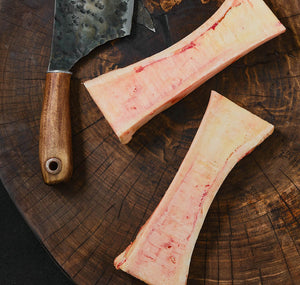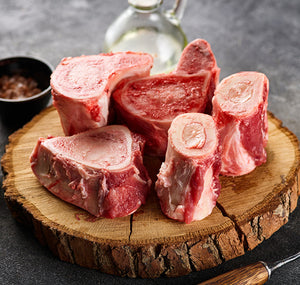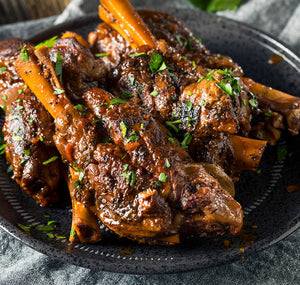What is Pure Beef Fat?
As the name suggests, pure beef fat is sourced from the body fat of a cow. It is in its purest and most raw form and has not been subject to any rendering or purification processes.
One of the many reasons that it is a popular choice for anyone following the Carnivore, Keto or a low carb-diet is that Beef Fat contains zero carbohydrates.
When choosing animal fat, the healthiest choice of all is 100% pasture-raised, grass-fed beef fat as it contains a higher ratio of Omega 3 fatty acids, that have a number of health benefits and benefits for your skin.
Beef itself is one of the planet’s most nutrient dense foods and so it is no surprise that the nutrient profile of beef fat contains Vitamin D, Vitamin E, Conjugated Linoleic Acid (CLA) and stearic acid.
Beef fat can be used as a cooking oil, which makes everything taste amazing as it heightens the flavour of any dish. It is the preferred cooking oil of Carnivores and serious meat eaters alike.
We recommend beef fat in your diet, in place of many of the seed oils that are used today. Recent studies have shown a number of extremely negative health implications. These seed oils include canola, rape seed and sesame oils to name a few.
Adding beef fat to your diet, plus incorporating the many other uses of it, can also be considered a responsible approach in terms of being a meat eater. As in past time, a zero-waste mentality involves using as much of the animal as you can.

What is Beef Tallow?
Beef tallow is the rendered and purified form of beef fat.
Rendering is simply the breaking down and melting of beef fats. After melting, the fat is then strained to get rid of any impurities resulting in a paste-like substance once it cools.
Since fat is the major contributor to flavour in meat, melting down pure beef fat makes for an incredibly tasty substitute for all other cooking oils.
In the past, generally this was used for deep frying foods. It can also be used effectively for sauteing your favourite dishes plus cooking virtually anything.
It has a waxy texture which is similar to coconut oil and is stable at room temperature.
Beef tallow has a high smoke point of 215 degrees Celsius or 420 degrees Fahrenheit and a mild flavour which means it is well suited for cooking on very high heat.
Until the last century, tallow was one of the most popular cooking oils before olive took over. Many people are now returning to traditional, healthy cooking methods and living.
You can use tallow as a cooking oil in the same amounts as you would use regular cooking oils such as olive oil.
Tallow has a number of functions in soap making and has been gaining popularity in skin care. Tallow balm is popular for its anti-inflammatory properties and can be used as a skin moisturizer since the skin absorbs it easily. The emollient texture and high Vitamin E content of tallow means that it makes the most incredible Body Butter.
When using tallow as a moisturizer, simply scoop out a pea-sized amount, warm it up between the palms of your hands, then press and gently roll it into your skin.
HOW TO TURN PURE BEEF FAT INTO TALLOW
1.Take the pure beef fat and slice it into small pieces.
Run your sharp knife under hot water for 10 seconds. Then use your warm knife to slice the pure beef fat into small pieces more easily. A food processor is also useful to cut pure beef fat into small parts.
2. Place the small pieces of fat into a large stockpot, slow cooker, or cast-iron Dutch oven.
Add enough water to cover the bottom of the pan or pot by about 1-2 centimeters or half an inch.
3. Render the fat.
Simmer the fat in a pot on low heat for four hours, checking in on it from time to time and stirring it every half an hour. When rendering the fat, go low and slow as you do not want to burn the fat. Small bubbles will form as the fat renders, but make sure it does not boil, so reduce the heat if it does. The key is never to burn the fat as when it turns brown, then you know the heat is too high.
4. Remove the fat from the pot.
Before removing your fat from the heat. When your four hours is complete, check that the rendering process is finished. You will know it is complete if all the solid, white pieces of fat have liquefied. Then your tallow is done.
5. Strain the liquid.
This is a 2-step process.
6. Storing your tallow.
The best way to store your tallow is in a Mason jar or an airtight glass container. Never plastic. If you don’t plan to immediately cook with the rendered tallow, you can store it in the refrigerator for up to a year. This makes it an excellent multi-use oil. You may use it in cooking or as a skin-care product.
If you choose to melt your fat very slowly on extremely low heat over 6 hours or more, your finished fat will be whiter and smell more neutral.
If you choose to speed this process up, the fat may brown during cooking. The slower you make it, the higher the purity level and the longer it will last. However, if you choose a 2-hour rendering time, it will still last 2-3 months in the fridge.
The amount of tallow that will be extracted from the pure beef fat is around two thirds. The other third turns into beef cracklings.
What is Beef Suet?
Beef suet comes from the fat around the liver, kidneys and heart of the cow.
This is used frequently in baking dishes. This includes the traditional steak & kidney pie and other baked goods. It is a whiter colour which is the main reason it is popular for baking dishes.
Other great uses of beef fat besides making tallow.
-
Love pork crackling? Beef fat can turn into a filling snack that is similar to this crowd favourite. They make a great snack that is easy to prepare. Many people are now turning it into crisps which are a great snack for anyone on the Carnivore Diet or those looking to cut down their carbohydrate consumption.
-
Another delicious idea. Turn your Beef fat into a great tasting broth, mixed with carrot, onion peels and celery. Add it to the same pot as the rest of your broth ingredients, and skim thoroughly.
-
Beef fat is a super charged flavour enhancer for any roast or whole meat cuts, bringing out the true flavours of the meat. Just how nature intended.
-
Use it as the base stock for a very tasty gravy to really elevate all your meat dishes.
HOW TO MAKE BEEF CRACKLINGS
(If you have already made tallow as above, skip straight to Step 4)
Step 1. Reduce down the fat.
Combine your pure beef fat and add a cup of water into a large pot or slow cooker. Cook on a very low heat and simmer for anywhere from 4 to 24 hours.
Step 2. Strain it.
Pour off the liquid fat and use the same straining technique as mentioned previously for making tallow.
Step 3. Brown the remaining fat in the pan.
This next step may take some practice. Turn the heat up to medium and brown the remaining fat in a pan. The key here is to see the fat turn brown but not burn it. It is important to keep stirring the fat to ensure it browns evenly without burning.
Step 4. Crisp them up in the oven.
Spread the crackling on a biscuit sheet or pan and broil/grill until they are nice and crispy. Use a heat of 200 degrees Celsius or 390 degrees Fahrenheit. Once again be careful not to turn the heat up too high and burn the fat.
Step 5. Add spices and flavour to the Cracklings.
This part is simply to taste. You can add salt, pepper, chili powder, cayenne, cumin and maybe even apple cider vinegar.
Enjoy creating the flavour mix that you love. Your taste buds are the limit.
Storing Beef Fat
If your beef fat, is not rendered or purified, just store it in a tightly sealed glass Tupperware container in the fridge. This way you can cut off pieces as you need and when you need it.
Why should you eat 100% pasture-raised grass-fed Beef Fat?
When purchasing beef fat, 100% pasture-raised, grass-fed beef fat is considered the gold standard as it has up to six times more Omega 3 / DHA fatty acids than from grain fed beef.
Many people find it easier to digest and it is recommended for people suffering from heartburn, bloating, and other digestive troubles. It is also highly favoured as it may help reduce inflammation in your body.
About the Author
Steven Hines is one of the owners and co-founders of Stockman Steaks. His family has been in the meat business for over 5 decades and 3 generations. He has a passion for eating great quality meat and researching the health benefits behind it.

